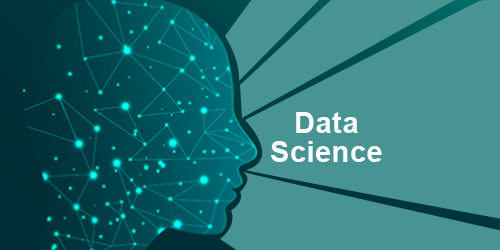Nearly every organization today uses data science to maintain a competitive edge in the industry. In this scenario, access to open-source data science tools for data processing, visualization, and other data science-related tasks are a valuable choice for companies that are constrained by the cost of tools.
Here are five open-source data science tools that will permit you to perform most data science tasks. Whether you are starting a data science career or are a seasoned data scientist, knowledge of these tools will be immensely useful.
1. Ludwig
Ludwig allows data science professionals to build deep learning models and make predictions. The tool offers visualization and model building capabilities, without the need to code. Using Ludwig, you can create compelling visualizations that can be easily interpreted by people who are not data experts.
Ludwig is a Tensor Flow-based toolbox that aims to allow individuals to utilize machine learning without prior experience. Text and image classification, machine-based language translation, and sentiment analysis are a few projects that you can try without assistance.
2. Cassandra
Cassandra allows data science professionals to save large datasets across distributed servers. The ability to process unstructured data sets separates Cassandra from other popular databases. Capacities such as linear scalable performance, cloud availability, continuous availability, etc. make this database better than relational and NoSQL databases. Cassandra isn’t on the traditional ace slave architecture, so all nodes play an equal role and you can deal with various clients simultaneously across data centers.
Mongo DB, Redis, and Couch DB are often part of data science certifications and courses. Cassandra is rarely part of data science learning programs. If you’ve not used Cassandra so far, now would be a good time to do so.
3. Neo4j
Hadoop is the go-to choice for most data science professionals for Big Data related problems. However, it is not always a wise choice in every data problem. Managing a huge volume of network data or graph related issues like a demographic pattern or social media networking. In these cases, a graph database is a much better solution. Neo4j offers this solution to data analysts and data scientists. Neo4j follows the structure of a graph database, which is an interconnected node relationship of information.
4. Kubernetes
Kubernetes is an application management and deployment platform. It allows developers and engineers to work with applications in a container environment. The real benefit of Kubernetes is load balancing, which keeps applications ready for action during fluctuating conditions.
Kubernetes may appear un-useful for data science projects. However, data science professionals shouldn’t disregard it. The tool can streamline repeatable batch jobs. For instance, if you’re working with data in a reproducible manner, keeping up with a similar procedure is critical. You don’t need to turn into a Kubernetes expert. You can utilize Kubernetes for building machine learning algorithms to work or perform analytics to solve business problems.
5. Plotly (Python Graph library)
Transforming data into graphs is imperative for data scientists at some point to convey findings in easily understandable. If you’re at a position where you need to frequently present data to stakeholders, Plotly will be of great use to you. The library offers various styles of graphs – bar graphs to heat maps. You can create budgetary graphs required for year-end reports.
Plotly also offers geographical maps. You can locate lines in your data science projects that are indicate clients (or objects) in a particular neighborhood. For instance, you can indicate the whereabouts of a sales team in a particular area or do a similar addition.
Go ahead and pick one of these tools and start learning, if you haven’t already. sprunki horror Endless Fun Awaits!



